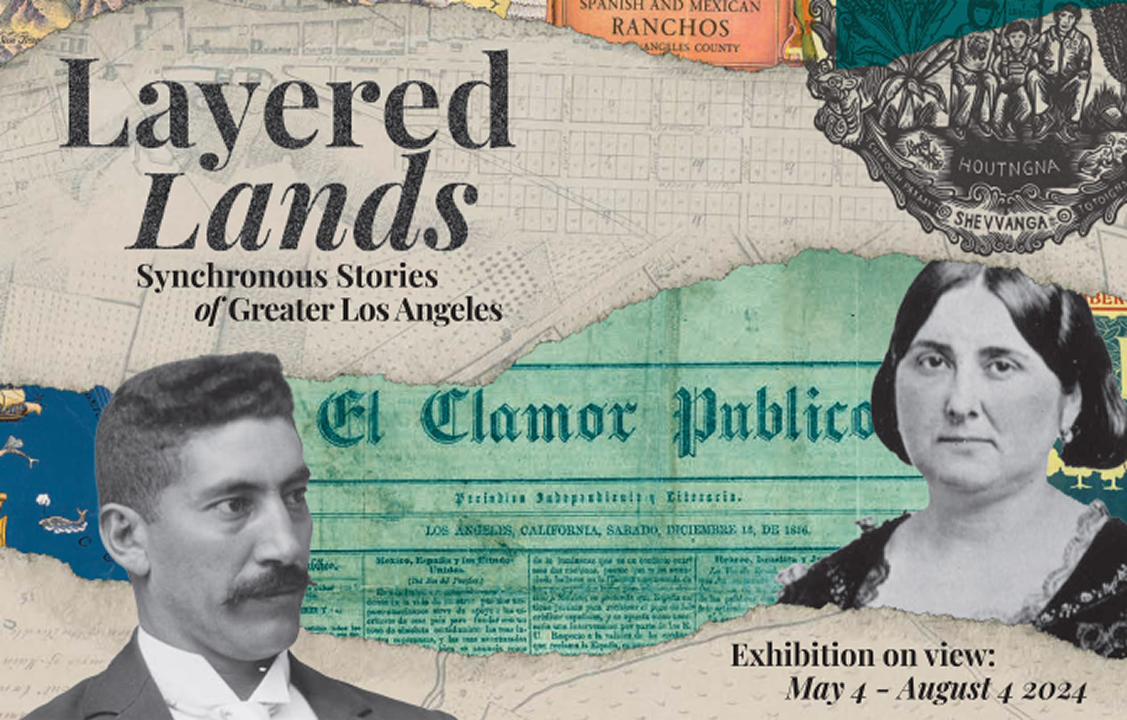
Layered Lands
A digital storytelling project preserving Los Angeles and Mexican-American history through interactive timelines and speculative design.

Role
UX Designer, Researcher, Digital Storyteller
Duration
10 weeks (Academic Project)
Tools & Skills
Figma, HTML/CSS, JavaScript, Adobe Creative Suite, Historical Research, Community Engagement
Team
Individual project with community collaborators and faculty mentorship
Project Overview
Layered Lands is an interactive digital experience that explores the complex history of Los Angeles through the lens of Mexican-American communities. The project combines historical research, speculative design, and interactive storytelling to create a platform that preserves and shares untold stories.
Through layered timelines, interactive maps, and multimedia content, users can explore how urban development, immigration policies, and cultural movements have shaped the city's landscape and communities over time. The project was developed as part of my Design Media Arts coursework at UCLA, focusing on digital storytelling and community-centered design.
The Problem
Many historical narratives about Los Angeles focus on mainstream perspectives, often overlooking the rich contributions and experiences of Mexican-American communities. Traditional historical documentation can feel disconnected from contemporary audiences.
- Limited representation of Mexican-American stories in mainstream historical accounts
- Disconnect between historical documentation and contemporary relevance
- Lack of interactive platforms for exploring community histories
- Need for speculative design to imagine alternative futures
The Solution
Layered Lands uses interactive storytelling and speculative design to create an immersive historical experience that centers community voices and imagines alternative futures.
- Interactive timelines that reveal hidden histories and community contributions
- Multimedia content including oral histories and archival materials
- Speculative design elements that imagine alternative urban development scenarios
- Community-driven content that amplifies local voices and experiences
Key Features
Interactive elements that bring Los Angeles history to life through community-centered storytelling and speculative design.
Interactive Maps
Explore how neighborhoods have changed over time through layered historical maps that reveal the impact of urban development on Mexican-American communities.
Oral Histories
Listen to first-hand accounts and personal stories from community members, preserving voices that are often missing from traditional historical records.
Speculative Futures
Imagine alternative timelines and potential futures for the community, using speculative design to envision more equitable urban development.
Design Process
A community-centered approach to digital storytelling that prioritizes authentic representation and collaborative research.
Historical Research
Conducted extensive archival research and literature review to understand the complex history of Mexican-American communities in Los Angeles, focusing on often-overlooked narratives.
Research Documentation & Timeline Creation
Community Engagement
Collaborated with community members to collect oral histories and ensure authentic representation of lived experiences and cultural knowledge.
Community Interviews & Story Collection
Interactive Design
Designed and prototyped interactive elements that allow users to explore different layers of history through maps, timelines, and multimedia content.
Wireframes, Prototypes & User Testing
Technologies Used
A combination of design tools, web technologies, and research methods to create an engaging digital storytelling experience.
UI/UX design & prototyping
Web development
Interactive features
Visual design & media
Impact & Outcomes
Layered Lands successfully demonstrated how digital storytelling can preserve and amplify community voices that are often marginalized in traditional historical narratives.
The project received recognition from UCLA Design Media Arts faculty and sparked conversations about the role of design in social justice and community representation.
Community collaborators expressed appreciation for having their stories centered and preserved in an accessible, interactive format.
Key Learnings
The importance of community engagement and collaborative research in creating authentic representations of lived experiences.
How speculative design can be used as a tool for imagining more equitable futures and challenging dominant narratives.
The power of interactive storytelling to make historical content more engaging and accessible to contemporary audiences.
Interested in Digital Storytelling?
Let's discuss how design can preserve community stories and imagine more equitable futures.